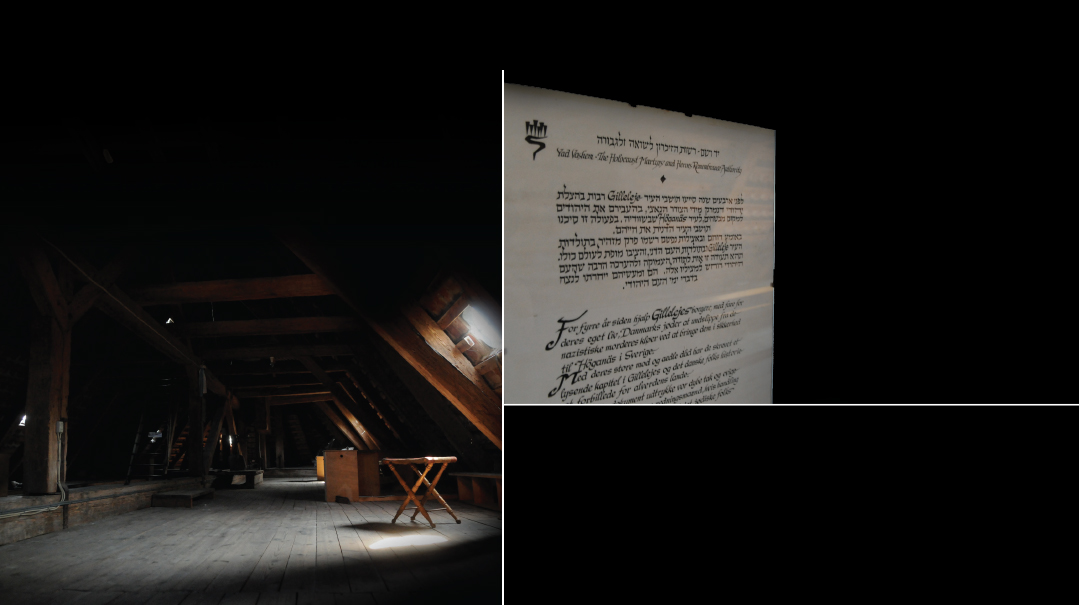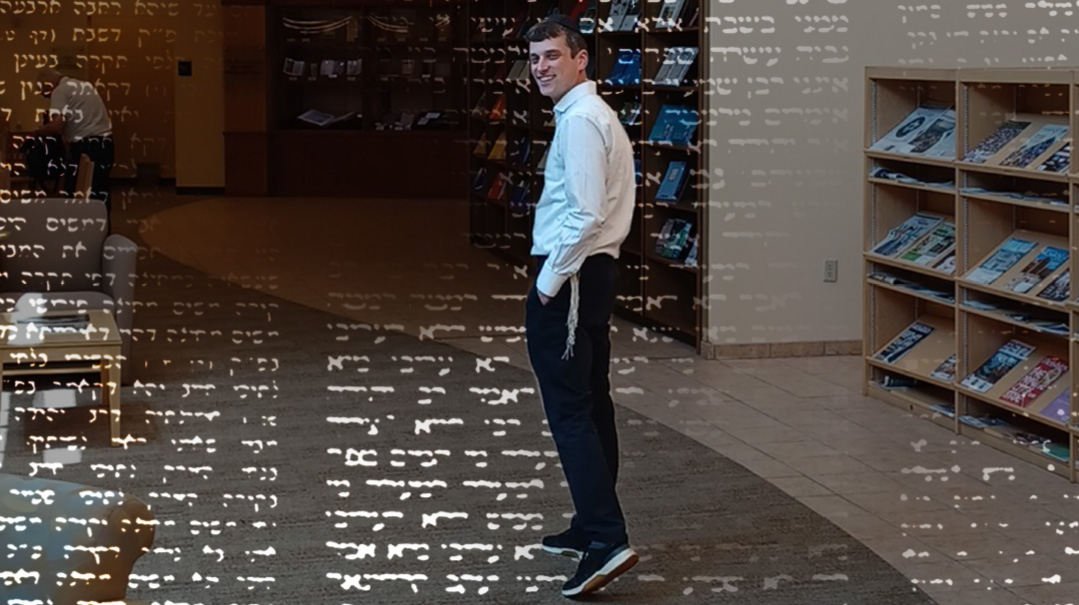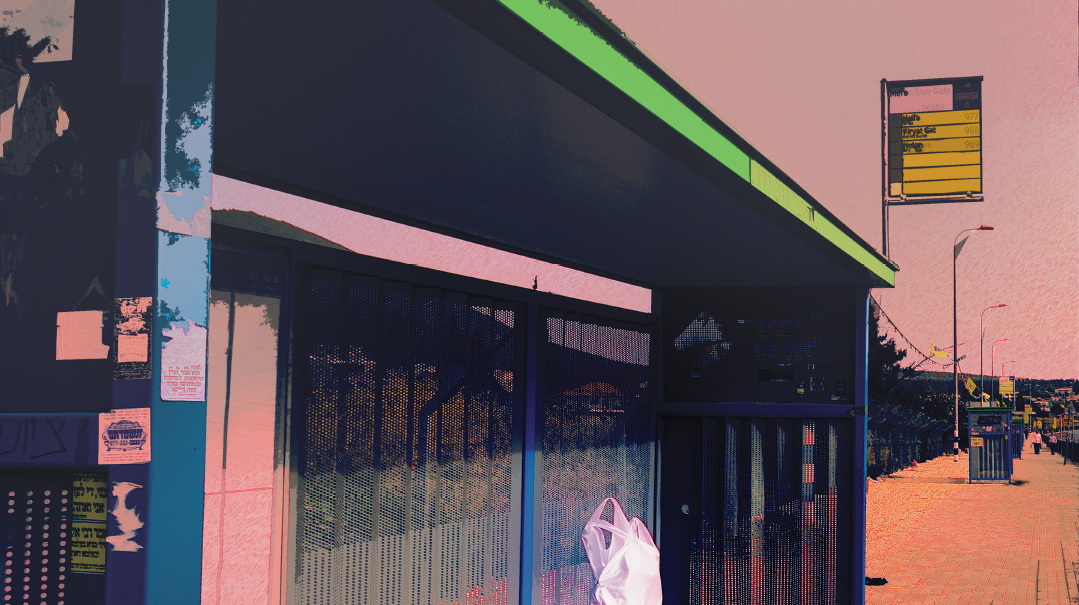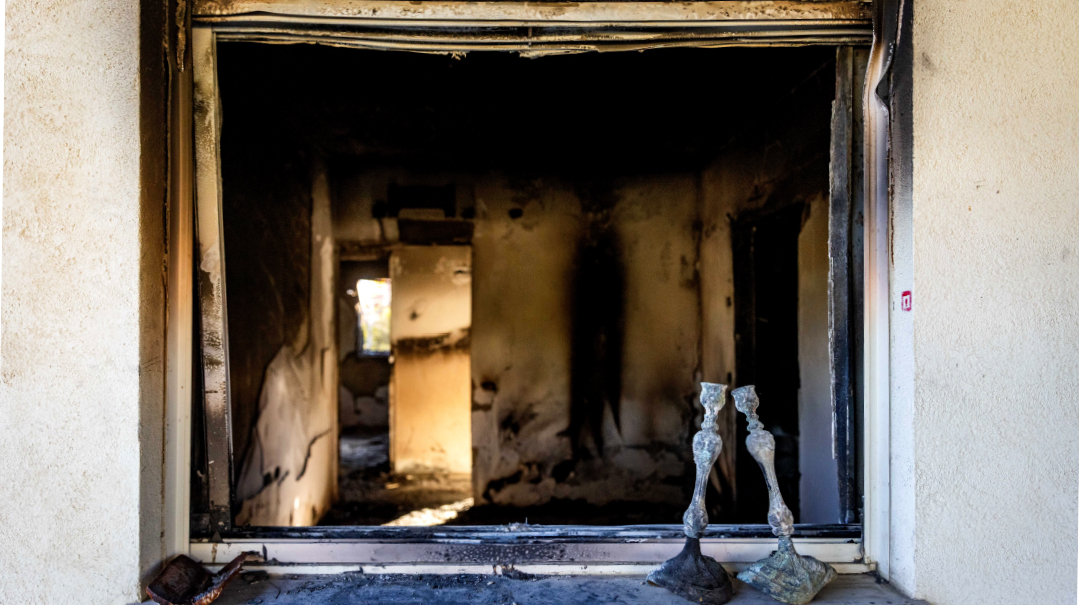Keys to the Kingdom
| July 13, 2021This is a story about an old iron key that opened the gate to the Western Wall
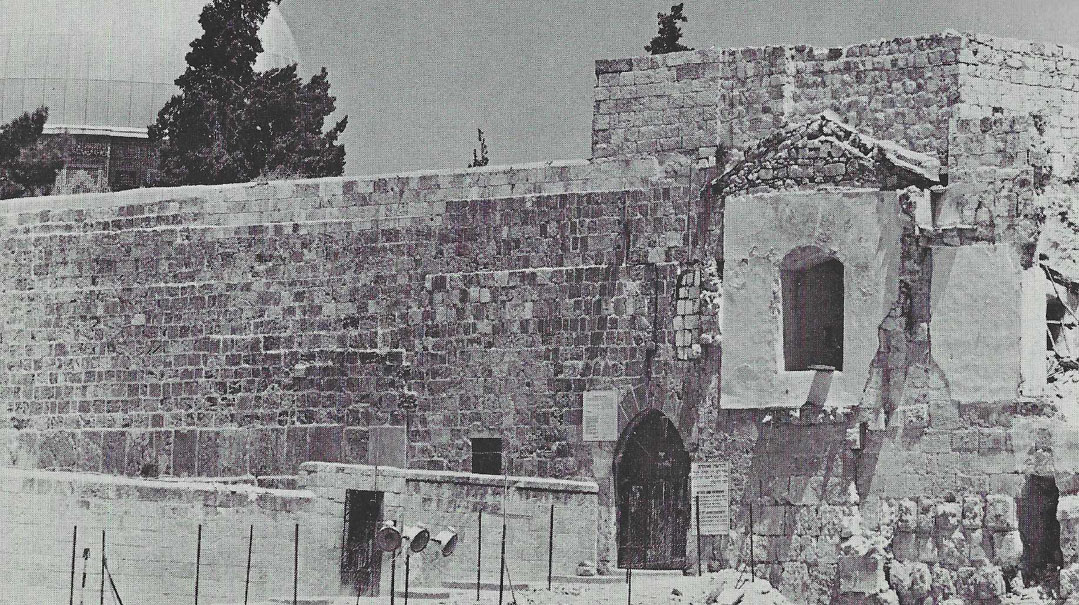
It was June 7, 1967, and there they stood, in front of the locked, looming gate — these battle-weary soldiers who suddenly found themselves leading the way to liberating the Kosel. The abandoned Wall loomed up just on the other side of the gate, but although they’d come this far, it was out of reach. They tried to move the heavy iron handle, but the gate wouldn’t give. Should they break through by force?
And suddenly, out of nowhere, there he was — an ancient Arab with a huge key hanging from a rubber string under his robe. “Here, open it,” said the mysterious Arab, who vanished just as suddenly as he had appeared. The key was inserted into the lock. The gate swung open. The way to the Kosel was clear.
By June 6, the second day of the 1967 Six Day War, the Egyptian front in Israel’s south had miraculously capitulated — its air force had been decimated while still on the tarmac, its ground troops fled or captured. And so, the 55th Paratroopers Brigade, which was originally earmarked for the south, was deployed to Jerusalem instead. The official mission was to protect supply convoys headed to Mount Scopus, the only enclave in eastern Jerusalem that Israel still held since the 1948 War of Independence — but there was talk in the High Command and among soldiers about taking the Old City in Jordanian-controlled eastern Jerusalem as well.
That night, soldiers faced excruciating hand-to-hand combat against elite Jordanian troops in the trenches at Ammunition Hill, which overlooked the road to Mount Scopus (today it’s at the end of Levi Eshkol Boulevard abutting the northern edge of Maalot Dafna), but by the next morning, despite Israel’s heavy losses, the paratroopers discovered that most of the Jordanian troops had retreated from Jerusalem. Israel’s cabinet, long divided about whether to capture the Old City, finally gave the go-ahead, and the 55th Brigade was commanded to enter. “We are sitting on the ride overlooking the Old City, and we shall soon enter it — the Old City of Jerusalem, which generations have dreamed of and longed for. We will be the first to enter,” came the charge from famed commander Motta Gur.
The paratroopers rushed forward amid sniper fire from remaining Jordanian legionnaires. They rammed their way through the locked Lions’ Gate on the eastern wall of the Old City, a few tank shells ripping the doors off their hinges, and the paratroopers surged through.
“We stormed into the Muslim Quarter of the Old City through the Via Dolorosa with the commander Yoram Zamosh leading the way,” Rafi Malka, company commander number two, recalls in a conversation with Mishpacha.
It’s been 54 years, but the memories haven’t faded for Malka, who today lives in an assisted living facility with his wife Chana on kibbutz Tel Yitzchak.
Oops! We could not locate your form.


